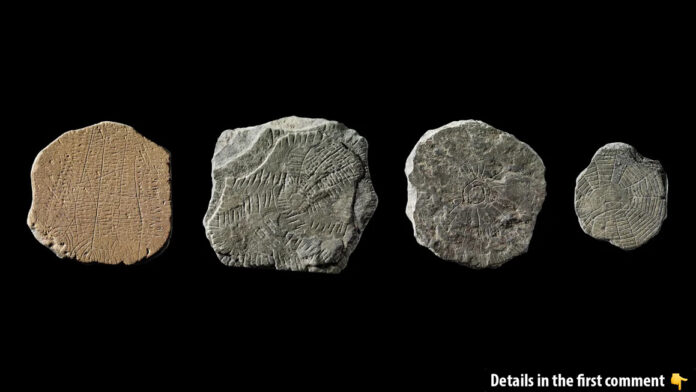Nearly 5,000 years ago, as volcanic ash darkened the skies over ancient Europe, fear gripped the Neolithic people of Bornholm. In their desperation, they turned to intricate rituals, carving “sun stones” adorned with solar motifs as offerings to restore balance to their disrupted world. These mysterious artifacts, buried during a time of ecological chaos, offer a captivating glimpse into humanity’s enduring relationship with nature and the unknown.
The Discovery of the Sun Stones
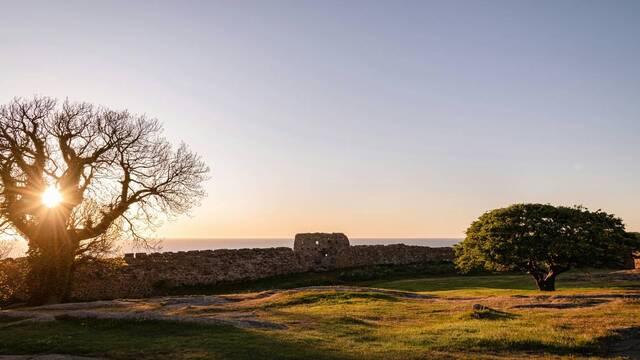
Between 2013 and 2018, archaeologists excavating the Neolithic sites of Vasagård and Rispebjerg on Bornholm unearthed an astonishing collection of over 600 carved stone discs. Known as “sun stones,” these artifacts feature intricate motifs, including depictions of the sun, plants, and rows of crops. The stones, made primarily from local shale, were deliberately buried in ditches surrounding the sites, which were believed to be communal ritual spaces rather than settlements.
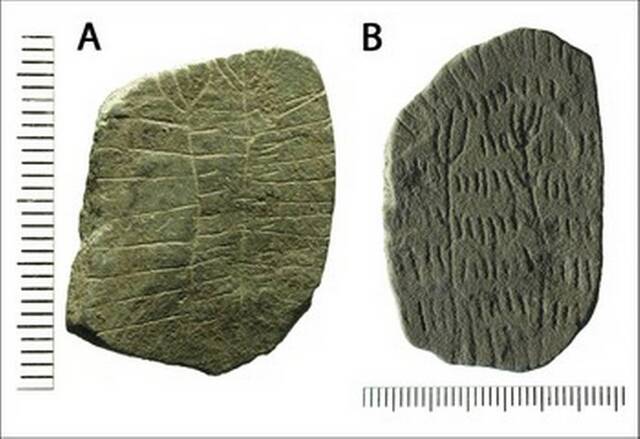
These sites date back to approximately 2900 B.C., a time when the people of Bornholm relied heavily on agriculture. The sudden appearance of sun stones in the archaeological record during this period suggests they were created in response to an extraordinary event. Researchers hypothesize that the stones were used in rituals aimed at invoking the sun’s return, ensuring fertile fields, and protecting the community from further disaster.
A Volcanic Catastrophe in 2900 B.C.
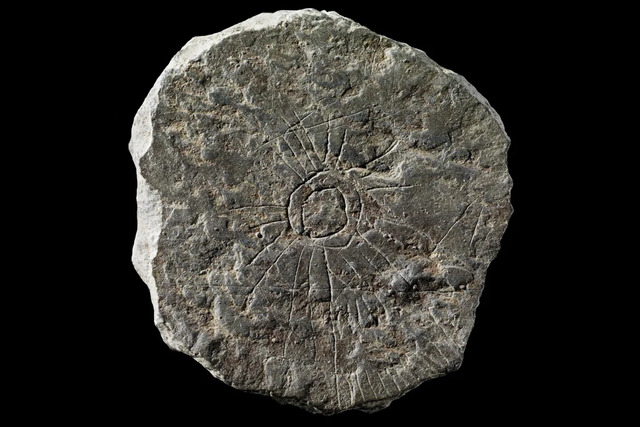
Scientific evidence points to a massive volcanic eruption around 2910 B.C. as the likely catalyst for this dramatic cultural response. Ice core samples from Greenland and Antarctica reveal high levels of sulfate deposits from this time, indicating a significant volcanic event. Tree ring data from Germany and the United States further support this, showing reduced growth and poor harvests in the years following the eruption. Sediment layers in Germany’s Eifel region also suggest diminished sunlight during this period.
The eruption would have spewed ash and aerosols into the atmosphere, creating a veil that darkened the sky and cooled the climate. For the agricultural communities of Bornholm, the dimming of the sun would have been catastrophic, leading to failed crops and widespread hardship. In this context, the sun stones likely served as both a symbolic and practical attempt to address the crisis. By carving solar images and burying the stones in a ritualistic manner, the Neolithic people may have sought to appease the forces they believed controlled the sun and the seasons.
Video
Discover the mystery behind Neolithic sun stones – watch the video to explore whether these ancient artifacts were a response to a major catastrophe in prehistoric times!
Rituals and Symbolism: The Role of the Sun Stones
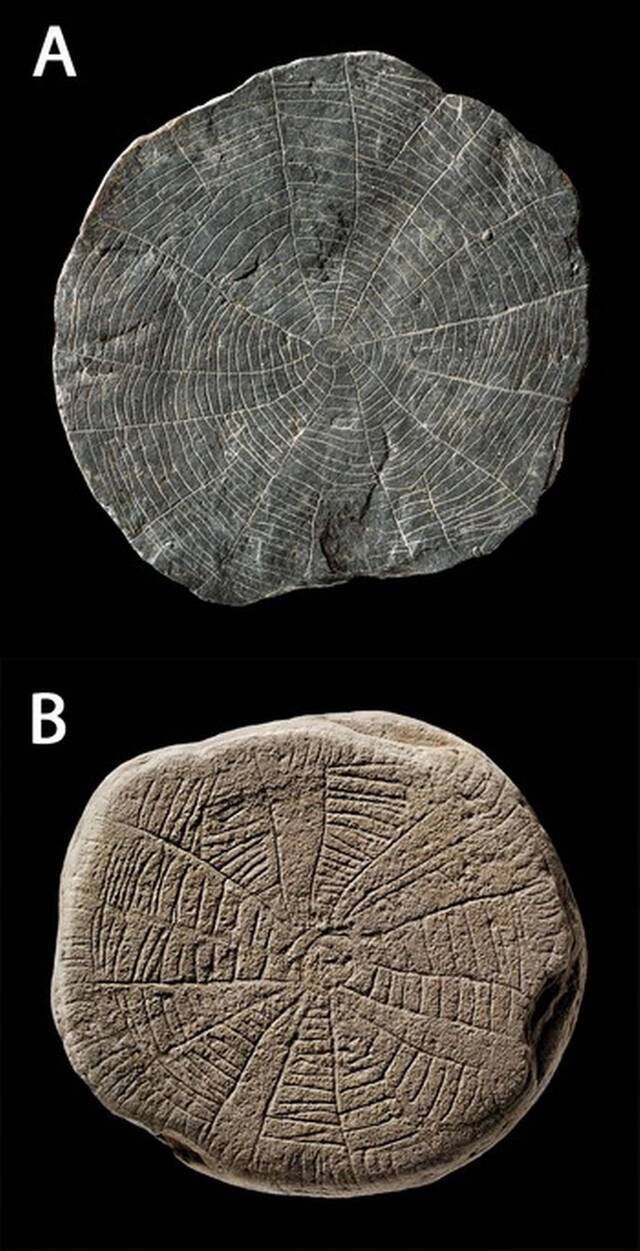
The central role of the sun in Neolithic life cannot be overstated. The sun was not just a source of light and warmth but also a vital element in agriculture, marking the passage of seasons and guiding planting and harvest cycles. In times of crisis, the sun became a focal point for communal rituals designed to restore harmony.
The act of carving and burying sun stones can be seen as a symbolic gesture. The motifs on the stones, which include representations of crops and the sun, reflect the community’s reliance on solar energy for their survival. Burying these stones in ditches may have mirrored the agricultural practice of planting seeds, symbolizing a plea for renewal and growth.
Interestingly, the appearance of sun stones coincides with broader cultural changes in the region. The Funnel Beaker tradition, which had dominated the Neolithic period in Scandinavia, began to wane around this time, giving way to new cultural influences. This transition may have been accelerated by the volcanic eruption and its aftermath, as communities adapted to new environmental and social challenges.
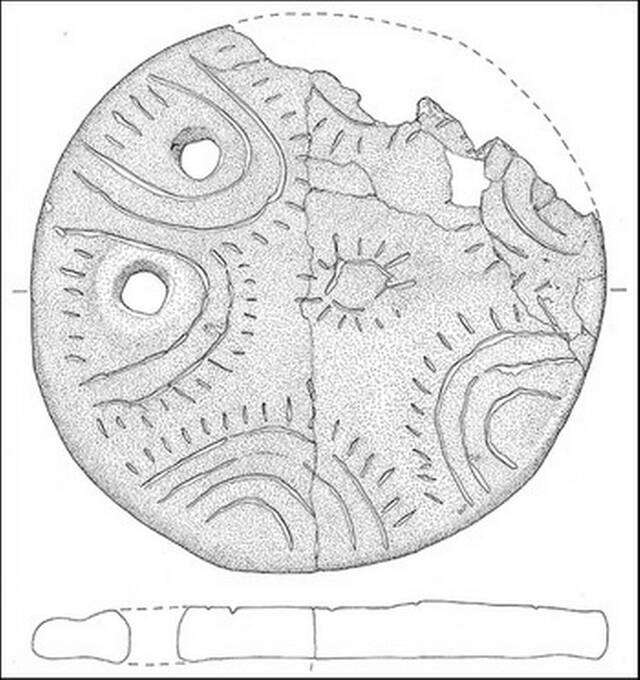
Broader Cultural Context and Parallels
The rituals associated with the sun stones are not unique to Bornholm. Throughout Europe, Neolithic societies built monuments and conducted ceremonies that reflected their deep connection to the sun and the natural world. Stonehenge in England, for example, is aligned with the solstices, suggesting its builders shared similar beliefs about the sun’s significance.
The sun stones of Bornholm may also hint at a larger religious or cultural movement that spanned the Neolithic period. Could these rituals represent the early stages of solar worship, which later manifested in grand monuments like Stonehenge? While there is no direct evidence to link these practices, the parallels are intriguing and warrant further exploration.
The communal nature of these rituals also highlights the social dynamics of Neolithic communities. In times of crisis, shared ceremonies would have provided a sense of unity and purpose, helping people cope with uncertainty and fear. The sun stones, therefore, are not just artifacts of religious significance but also symbols of resilience and collective action.
The Legacy of the Sun Stones
The discovery of the sun stones sheds light on the ingenuity and adaptability of Neolithic societies. Faced with an ecological disaster, the people of Bornholm turned to rituals that reflected their understanding of the world and their place within it. Their actions remind us of the enduring human desire to make sense of the natural world and to seek harmony with it.
Today, the sun stones serve as a poignant reminder of the challenges faced by ancient communities and the innovative ways they responded to them. They also underscore the importance of preserving archaeological sites, as they provide invaluable insights into our shared history.
As researchers continue to study the sun stones and their context, new questions arise. Were similar rituals practiced elsewhere in Europe? Could the volcanic eruption of 2900 B.C. have had even broader cultural impacts? And what can these ancient practices teach us about resilience in the face of environmental change?
Conclusion
The sun stones of Bornholm offer a fascinating glimpse into the lives and beliefs of Neolithic communities. These small, intricately carved discs, created in response to a volcanic eruption nearly 5,000 years ago, reveal the deep connection between humans and the natural world. Through their rituals and symbolism, the people of Bornholm demonstrated resilience, creativity, and a profound respect for the forces that shaped their lives.
In a modern world grappling with its own environmental challenges, the story of the sun stones serves as both a source of inspiration and a reminder of our shared responsibility to protect the planet. As we continue to uncover the secrets of the past, the lessons of these ancient communities remain as relevant as ever.
